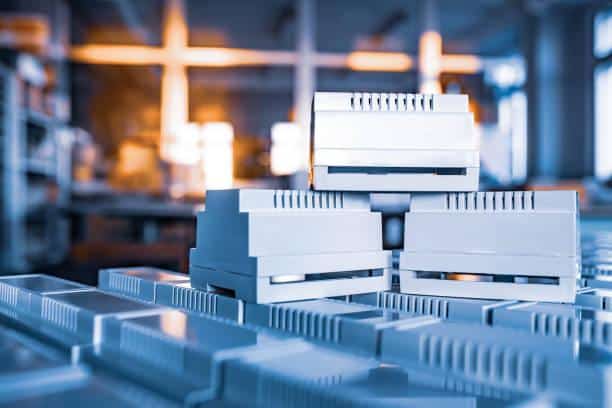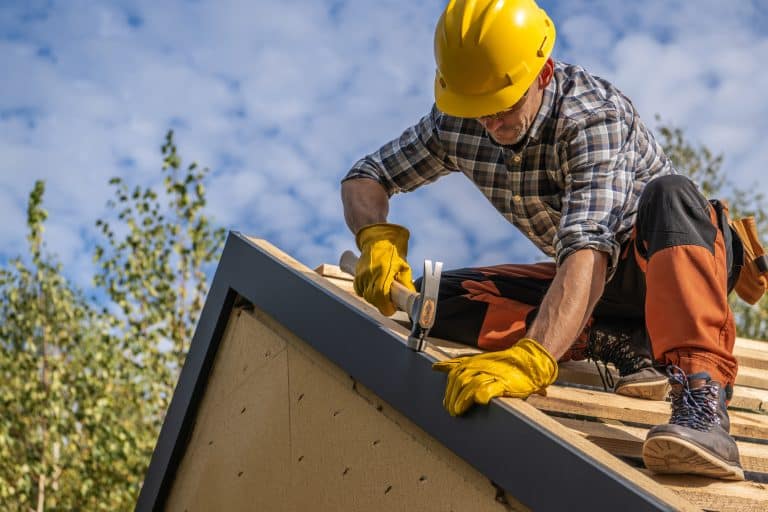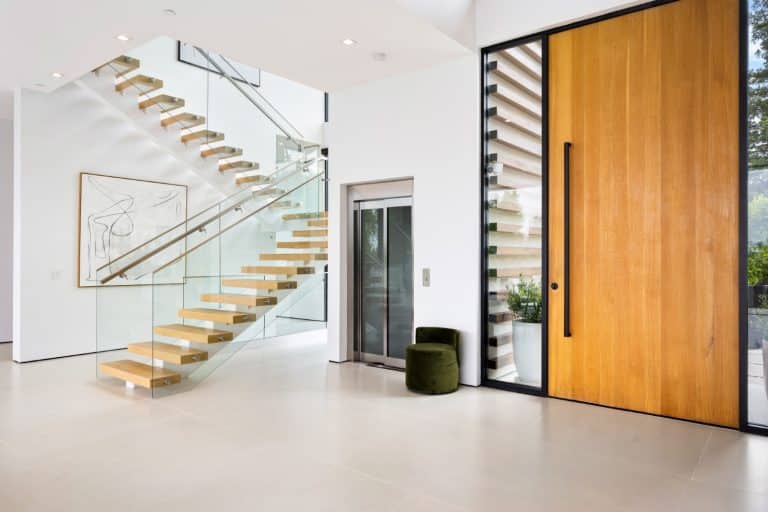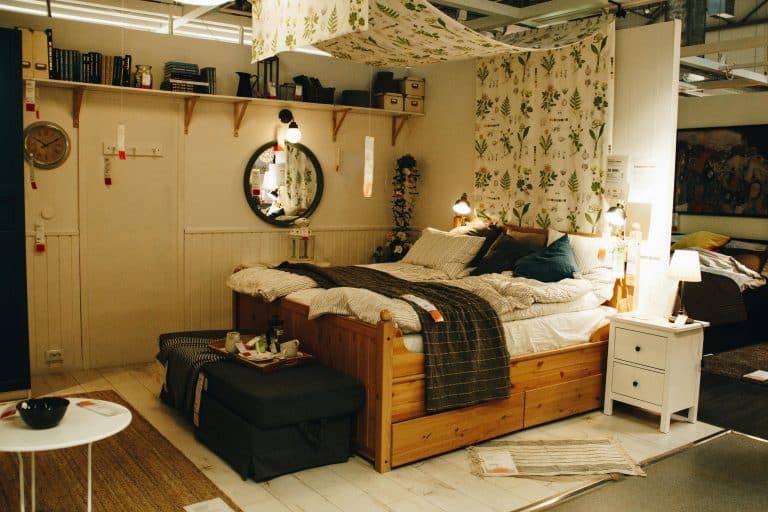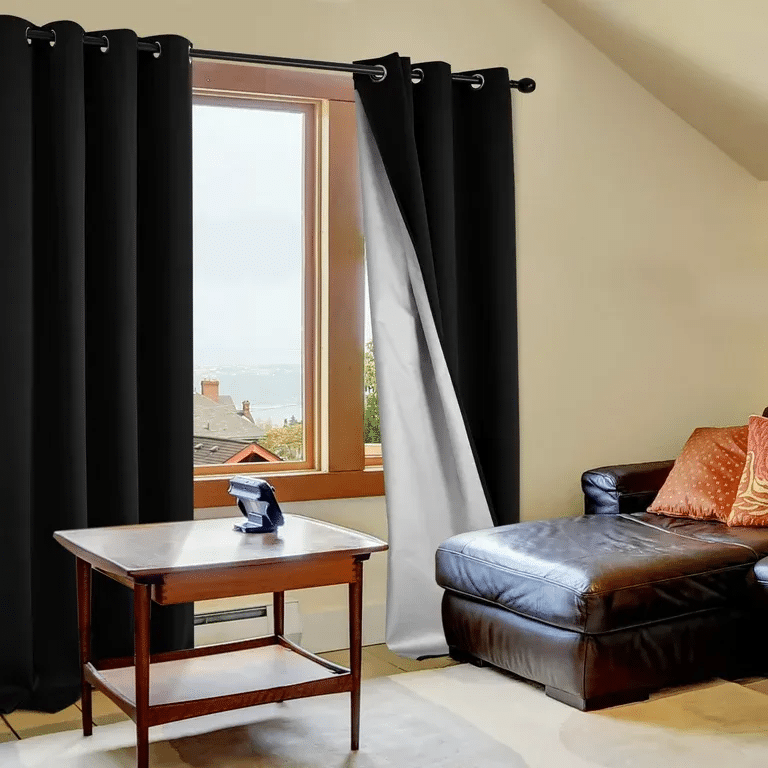Why High-Quality Enclosures Matter: Manufacturing Process Explained
Modern electrical and electronic systems depend on high-end electrical enclosure. These enclosures shield critical components from moisture, dust, heat, and electromagnetic interference, assuring reliable performance and longevity.
High-end enclosures suit the needs of modern industries including telecommunications, aerospace, medical technology, and renewable energy with accuracy, premium materials, and precise design. High-quality enclosures enable innovation while retaining safety and performance in tough or sensitive situations as the need for smarter, more efficient, and safer systems develops.
Premium Enclosure Benefits and Features
Strong construction, beautiful design, and excellent functionality distinguish premium electrical enclosures. These goods frequently have improved sealing systems, corrosion-resistant coatings, and IP ratings for water and dust protection. High-end enclosures may have ventilation, heat sinks, or integrated cooling systems to keep delicate electronics cool.
OEMs and industrial clients who value flexibility and quality will appreciate their ergonomic and modular designs, which make integration and customisation easy. These high-quality solutions reduce maintenance, improve safety compliance, and increase system uptime, lowering total cost of ownership over time.
High-End Electrical Enclosure Materials
Electrical enclosure performance and durability depend on material choice. Stainless steel, aluminium alloys, and galvanised steel, which are strong, corrosion-resistant, and thermally efficient, are used in high-end versions. Some applications use technical plastics like polycarbonate or ABS to provide lightweight, non-conductive solutions without compromising durability.
Environmental, mechanical stress, and industry-specific regulatory norms guide the selection of these materials. Surface treatments like powder coating or anodising increase wear, UV, and chemical resistance and add aesthetic value to the product.
Enclosure Manufacturing Steps
From meticulous design to extensive quality inspection, high-end electrical enclosure manufacture is difficult and accurate. Beginning with CAD-based engineering design, customer demands and regulatory criteria are transformed into detailed digital blueprints.
CNC equipment, laser cutters, and punching devices precisely shape and cut raw materials to realise these designs. To make the enclosure frame, components are bent and welded. The enclosure is surface-treated after formation for aesthetics and durability. Hinge, lock, gasket, and mounting hardware are integrated during final assembly. After cleaning, inspecting, and preparing for shipment, each enclosure fulfils high-performance standards.
Enclosure Production Quality Control and Testing
Quality assurance is key to making enclosure manufacturing process. Testing is done throughout production, from material acquisition to final assembly, to identify faults and ensure performance. Advanced measurement tools verify dimension accuracy, while stress and impact studies examine structural integrity.
To ensure dust and water resistance, severe environment enclosures undergo ingress protection (IP) tests. Thermal performance and corrosion resistance tests may be used depending on the application. Companies like Eabel use ISO-certified quality management systems and continual improvement to ensure each product fulfils client expectations and international safety and reliability standards.
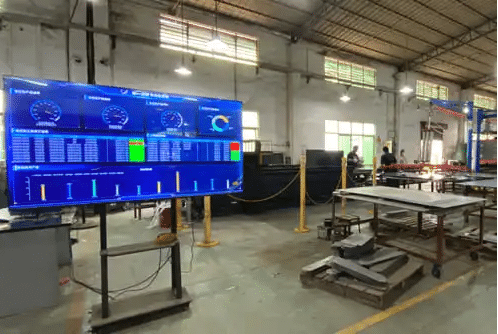
Customisation and Design
Customisation for unique applications is a hallmark of high-end enclosures. Many clients demand custom measurements, cable entry cuts, mounting layouts, and brand-specific labelling and colour schemes. During design, engineers work with clients to create customised solutions that interface with existing systems.
Attention to detail is crucial since even slight misalignments or size errors can affect performance and safety. Other design factors include installation convenience, maintenance accessibility, scalability for future upgrades, and compatibility with circuit breakers, PLCs, and HMIs. Flexible customisation and high quality standards let manufacturers serve automation and data centres.
Our Core Expertise: IEC Standard Electrical Cabinets
Founded in 2011 in Foshan, China, E-Abel Electrical Equipment Inc. focusses on designing and producing electrical cabinets that meet IEC standards. We provide a large selection of sizes in addition to completely tailored solutions to satisfy certain project needs. E-Abel provides services to customers all over the world and serves a range of industries, such as solar energy, telecommunications, power distribution, industrial control, and other areas using electricity.
High-End Electrical Enclosure Industry Applications
Many industries that require high performance and dependability employ high-end electrical enclosures. They shield crucial solar inverter and wind turbine components from outside exposure. Dust, vibration, and temperature variations are prevalent in industrial automation environments where they house sensitive control systems and drives.
Medical enclosures protect diagnostic and treatment equipment electronic systems. Data centres and telecom infrastructure need quality enclosures for signal integrity and uptime. Enclosures in transportation and defence withstand tremendous mechanical stress and environmental threats. Only high-end enclosures can provide rigorous engineering, compliance assurance, and long-term reliability to these sectors.

